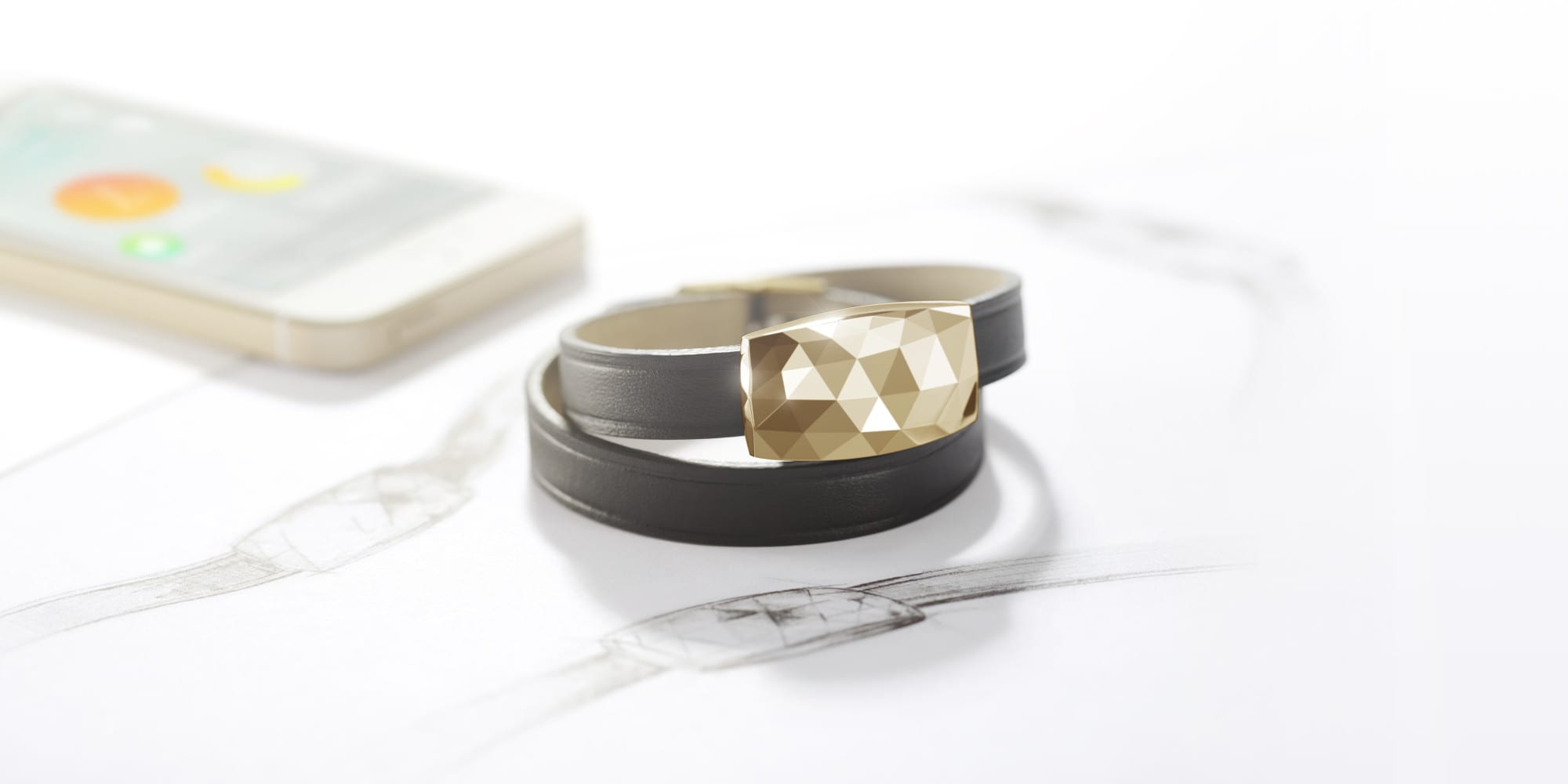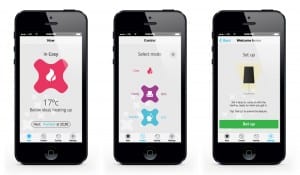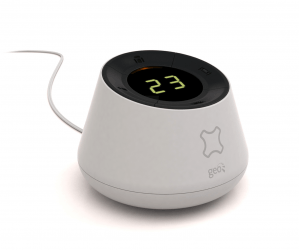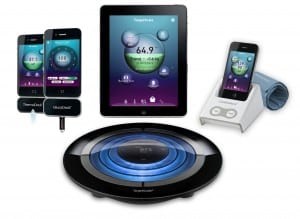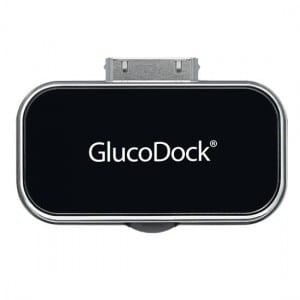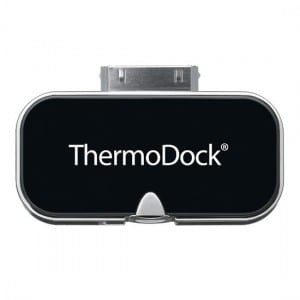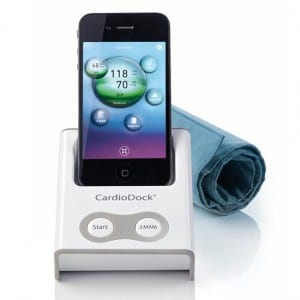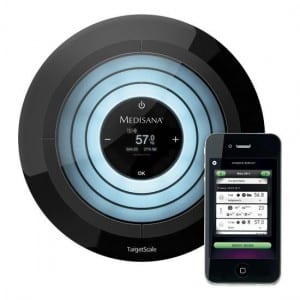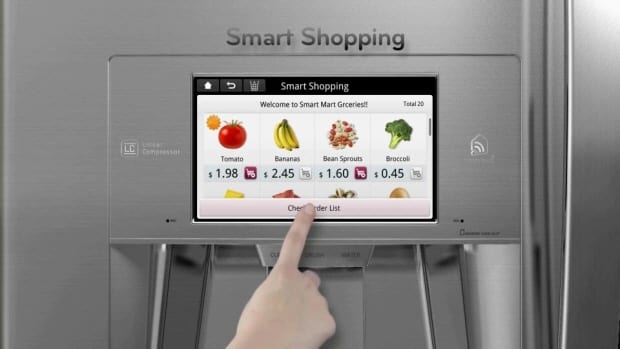
When the sun finally starts shining here in the UK, we’re all out in force, soaking up the rays in our gardens and parks. When it comes down to sun protection though, we can sometimes forget to top up, and nothing can spoil good weather like a bad case of sunburn.
For ladies though, there’s a new way to keep tabs on your sun exposure, it’s called the June, and it looks just like a bracelet.
The June, made by Netatmo and first shown at the Consumer Electronics Show in January, is marketed specifically for women and is meant to look fashionable whilst protecting you from the sun. They’ve even bought in Camille Toupet, who’s worked with big brands such as Louis Vuitton, to design the ‘jewel’ which contains the UV sensors.
The bracelet itself doesn’t give you the information, it instead relays it to the mobile phone app, which is available for iPhone. The app is well designed and easy to use, and it gives you multiple readings. First, it tells you how much time you’ve spent in the sun that day and provides a UV index, which tells you the strength of the UV rays that you’re currently out it.
The app also has a personalised touch, taking into account your skin type and outdoor habits, it gives you notifications to reapply sun screen and also suggests times to maybe put on a hat and sunglasses too.
It’s a smart and innovative way to make people more aware of how much time they spend in the sun, and linking it to a smartphone ensures that the user will be able to easily see their exposure levels like they would their emails and messages.
There’s no news about whether Netatmo plan to make a version of the June that’s made for men, but if you’re a health conscious man who wants to take care of his skin, there are other wearable UV sensors out on the market including the UVeBand (which vibrates on your wrist when you need to reapply sunscreen) and the Sunfriend.
